Within the kingdom of Denmark lays a self-governing country, The Faroe Islands. Situated between Norway and Iceland, The Faroe Islands is well known for its roots in the Nordic culture and for the highest standard of living throughout the world. The music, chain dance, art, handcrafts and sports, which includes, the very common activity, whaling.
Citizens of the Faroe Islands slaughter long-finned pilot whales, porpoise and dolphins to sell meat. This may sound exactly like the meat and dairy selling process in the United States, except for the Islanders, whaling recently transformed into a sport. Approximately 1500 whales, porpoise and dolphin are killed each year. The hunts are called grindadráp and are organized under a community level so anybody is able to participate. To many Faroese this hunt is very important to their culture and history.
Junior Erin Dampf said, “I never knew about the things going around Northern Europe. To be honest, I’m kind of disappointed but if it’s part of their culture. I would not take part in any of this if it were a ‘tradition’ around this area”
Whales, porpoise and dolphin are not commonly sold for meat in other countries due to the high mercury level and PCBs found in the animals. Faroese consumers are advised to eat whale, porpoise and dolphin no more than twice a month because of the health risks. The islanders find this as a cheap food source.
Traditionally, only men partake in this slaughter session while the females stand as bystanders. The hunters start off by surrounding the marine animals with a wide semi-circle of boats. The boats slowly drive the animals close to the bay, where the killing takes place. Then the men jump in the water, each man holding their own five pound metal hook as the weapon, and slash any of the three animals they come in contact with first. The hunter concludes the animal’s death by cutting the dorsal area through to the spinal cord with a special knife, dedicated to whaling, called a grindaknívur. The average time it takes to kill the animals is thirty seconds.
Junior Devin Kappie said, “There are so many traditions around the world, which is a beautiful thing that helps people connect and unite but this tradition makes me upset. I’m disappointed about it and seeing pictures of the red seas and dead marine life make me feel sick to my stomach”
The Faroe Islands runs subsidiary in a Parlimentary Democracy under Constitutional Monarchy. Parliamentary Democracy is a democratic form of government in which the party with the greatest representation in the legislature forms the government. The leader is the Prime Minister or the Chancellor. A Constitutional Monarchy is a form of government in which a king or queen acts as Head of State, like in England. The Parlimentary Democracy obtains the ability to make and pass legislation, the Constitutional Monarchy does not make any political laws or decisions. Proposals to begin regulation of the whale hunt started being proposed in the Faroese legislature. On June 4, 1907, Danish Governor sent in the first draft for whaling regulations to the Office of the Exchequer in Copenhagen. In following years, numerous drafts were debated and in 1932 the first Foerse whaling regulations were introduced. The government is in charge of ensuring that the whaling regulations are respected.
In the Faroese terrain, grains, fruits and vegetables do not grow well which is why pilot meat is the traditional and popular food. Throughout the winter months, the Faroense people are limited to dry and salty foods so meat became a dire source of nutrition on the North Atlantic archipelago. The meat is stored, prepared and eaten so it is not sold in markets. After the killing fest, Faroese leave the shores blood red.
To some, this may seem like a form of animal cruelty. The slaughtering done in Northern Europe is just like the type of slaughtering done in the United States. The Faroe Islands and the United States have one other thing in common: both countries kill the animalia kingdom to prevent inbreeding, overpopulation and often times, do it for fun.
There is a popular zoo in Copenhagen, Denmark, named Københavns Zoo. One Sunday morning in early February of this year, an 18-month young giraffe, Marius was killed by the vets in the zoo. Marius’ genes were too common and because of that, the zoo believed Marius to have no purpose and thought there would be no room in the zoo for him if he were to be kept. Other zoos offered to take in Marius, but the vets of the zoo took matters into their own hands, literally.
The kill began when the vet gave Marius a piece of his favorite snack, rye bread. After that, the vet shot him in the head, where he collapsed in front of a relatively big crowd of bystanders, ready to watch what happens next. The vet proceeded to perform an autopsy on the giraffe. Once done with that, the body parts of the baby giraffe were given to the carnivorous animals of the zoo.
In Denmark, all of this is normal where as in other countries, it all may seem controversial. The Københavns Zoo received many death threats in response to the news of Marius. Each country takes on a different tradition. The nonchalant slaughter of animals is the tradition in Northern Europe.

Photo from Telegraph.com


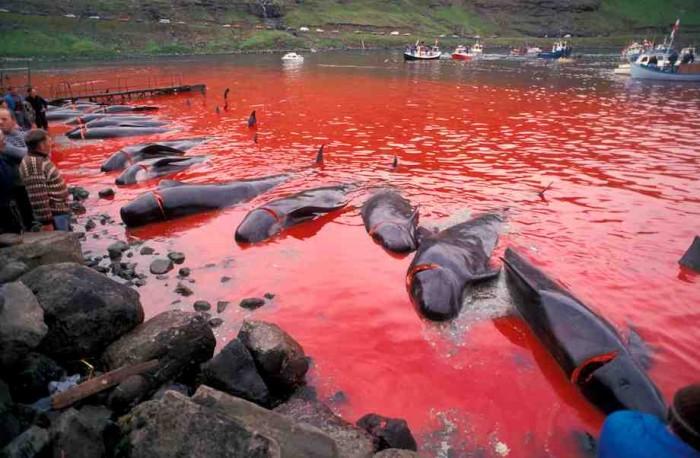

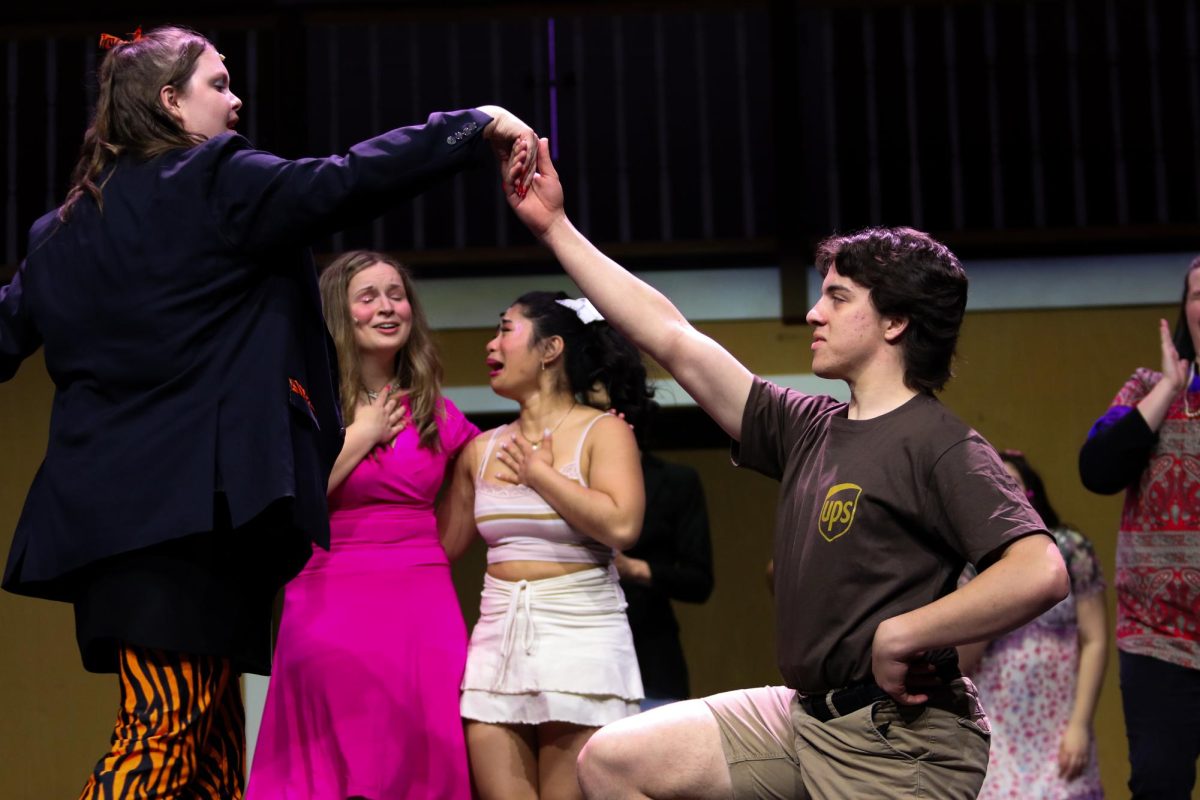


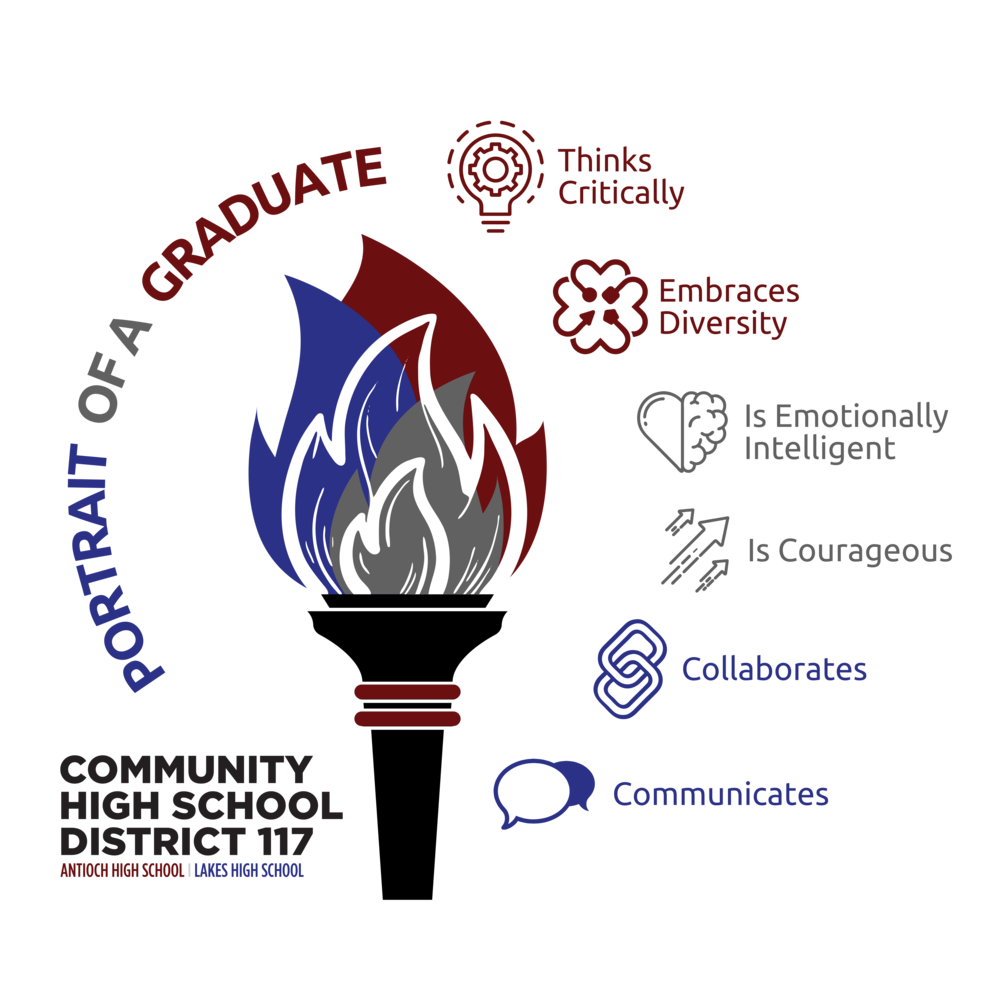
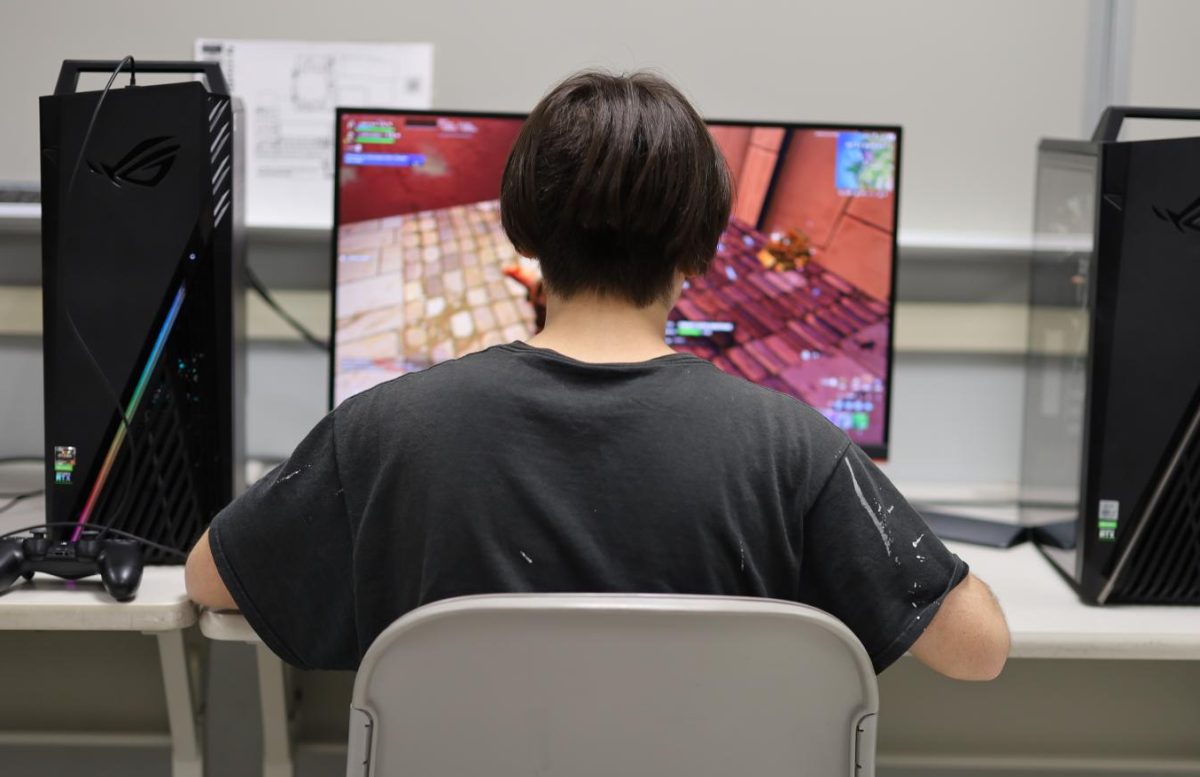
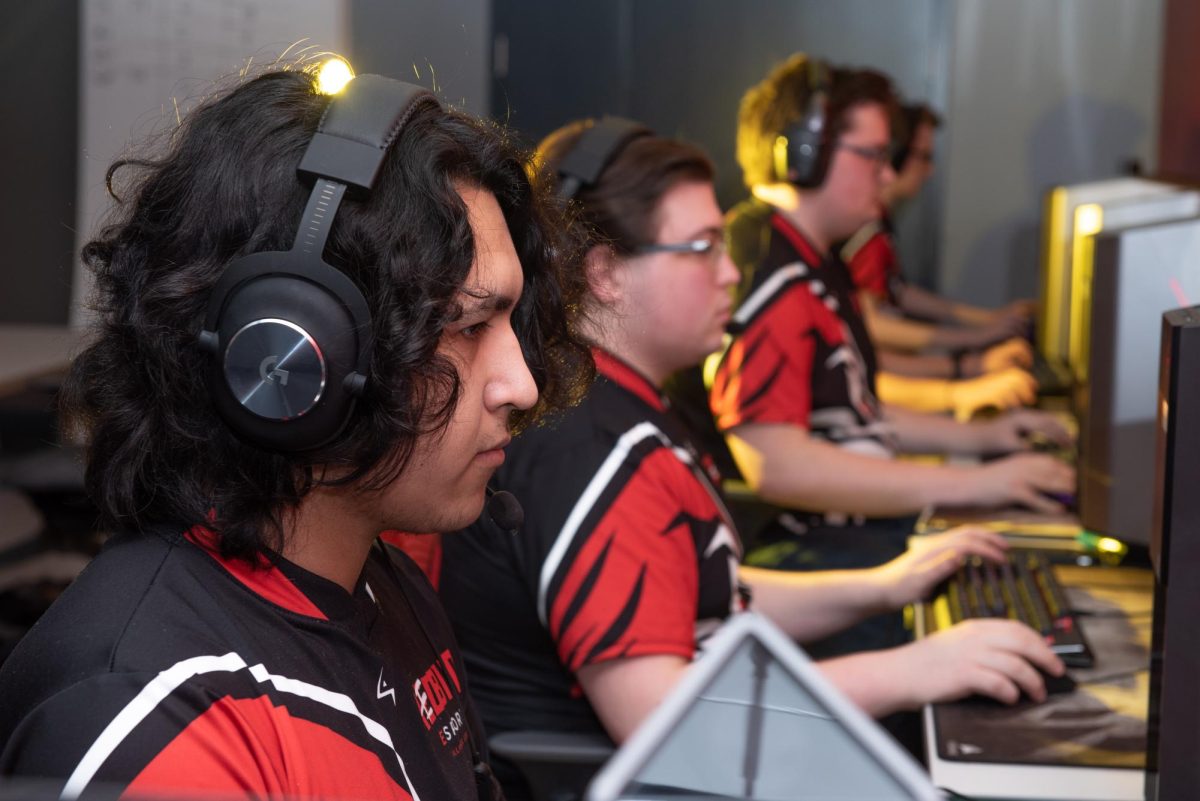
Samantha Zehren • Oct 16, 2014 at 12:08 pm
Hi! We have assignments in my Newspaper class to review and analyze other school newspapers– and I have chosen yours. As a part of the assignment, we are required to choose an article that we are intrigued most by, and this article was flawless! Great Job!